A windmill with 900 years of history that has become a delightfully quirky Sussex home
If you're looking for a two-bedroom home that offers something a bit out of the ordinary, the Windmill at Barnham could be ideal. William Hosie-Lissac reports.
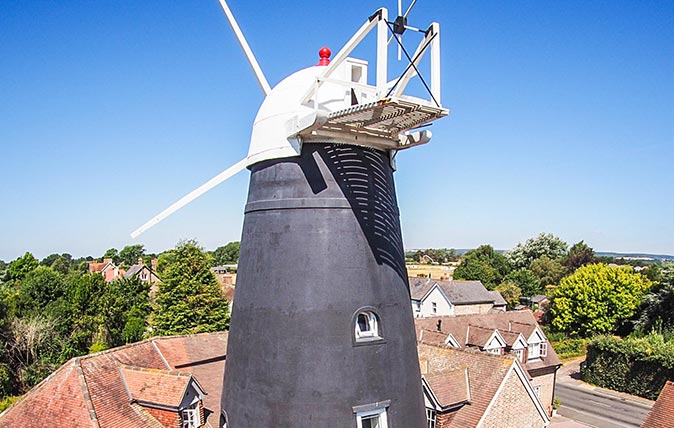

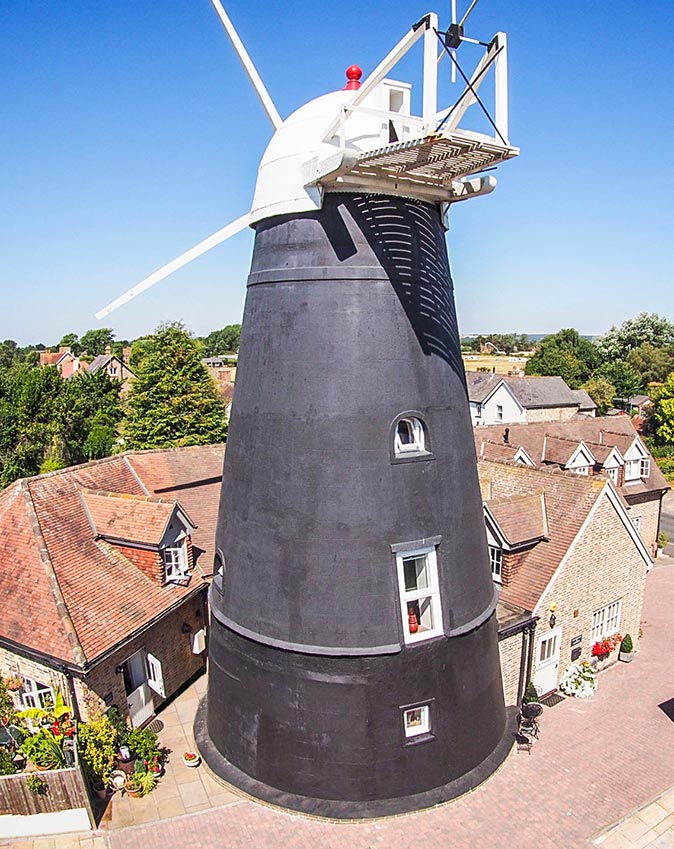
The idyllic West Sussex countryside is not necessarily the place you’d expect to find an engine-powered mill used by the RAF during World War II, let alone one which has since been converted into stylish residential accommodation. Nor would you expect a family home to have its own Wikipedia page.
Yet all those things are the case with the Windmill at Barnham, near Arundel, an extraordinarily unusual home that’s now on the market via Jackson-Stops for £575,000.
There’s been a mill on this site since the days of William the Conqueror – there's apparently a mention in the Domesday Book. After the great storm of 1827 destroyed the previous mill, the present windmill was built in 1829 by John Baker – and thanks to the windmill enthusiasts who collect such information, there is a wealth of historical detail available to tell us what happened to the place after that.

It became known as Feaver’s Mill in the 1860s, and was completely refitted in 1890 by the Shoreham millwright J W Holloway. He apparently ‘raised the four-storey flint and stone tower by 18 inches, and replaced the two common sails and two spring sails with four parent sails carried on a cast iron windshaft’; we’d be lying if we said we had any idea what all that meant, but there you have it nonetheless.

The mill was powered by wind until the early 1920s, at which point it was converted to run off an engine, remaining in active service until 1963. It actually served a second purpose during the Second World War, when it became an observation post to warn servicemen at nearby RAF Tangmere about approaching enemy aircraft.

A former owner named Barney Lee restored the mill and attempted to run it as an attraction, but the idea never took off and the local council reluctantly agreed in 2008 to turn it into a home. Following that decision the mill, its ancillary buildings and its machinery have been restored and transformed into a functional and elegant living space – and it’s wonderful to see how the original workings have been respected and incorporated into the space.

The accommodation comprises a stable door to the entrance hall, which leads to a stunning living room with ceiling beams and a central pillar. A joint kitchen and dining room are connected to the living room, while the lower level has a cloakroom and utility area.
Sign up for the Country Life Newsletter
Exquisite houses, the beauty of Nature, and how to get the most from your life, straight to your inbox.

Moving upstairs there are two double bedrooms, a study and a Victorian-style bathroom fitted with a roll-top bath with claw feet.

The star of the show, however, is the third floor, the lookout, which features an arched window, mood lighting, additional restored windmill machinery and an iron ladder to a mezzanine offering a spectacular view of the West Sussex countryside.

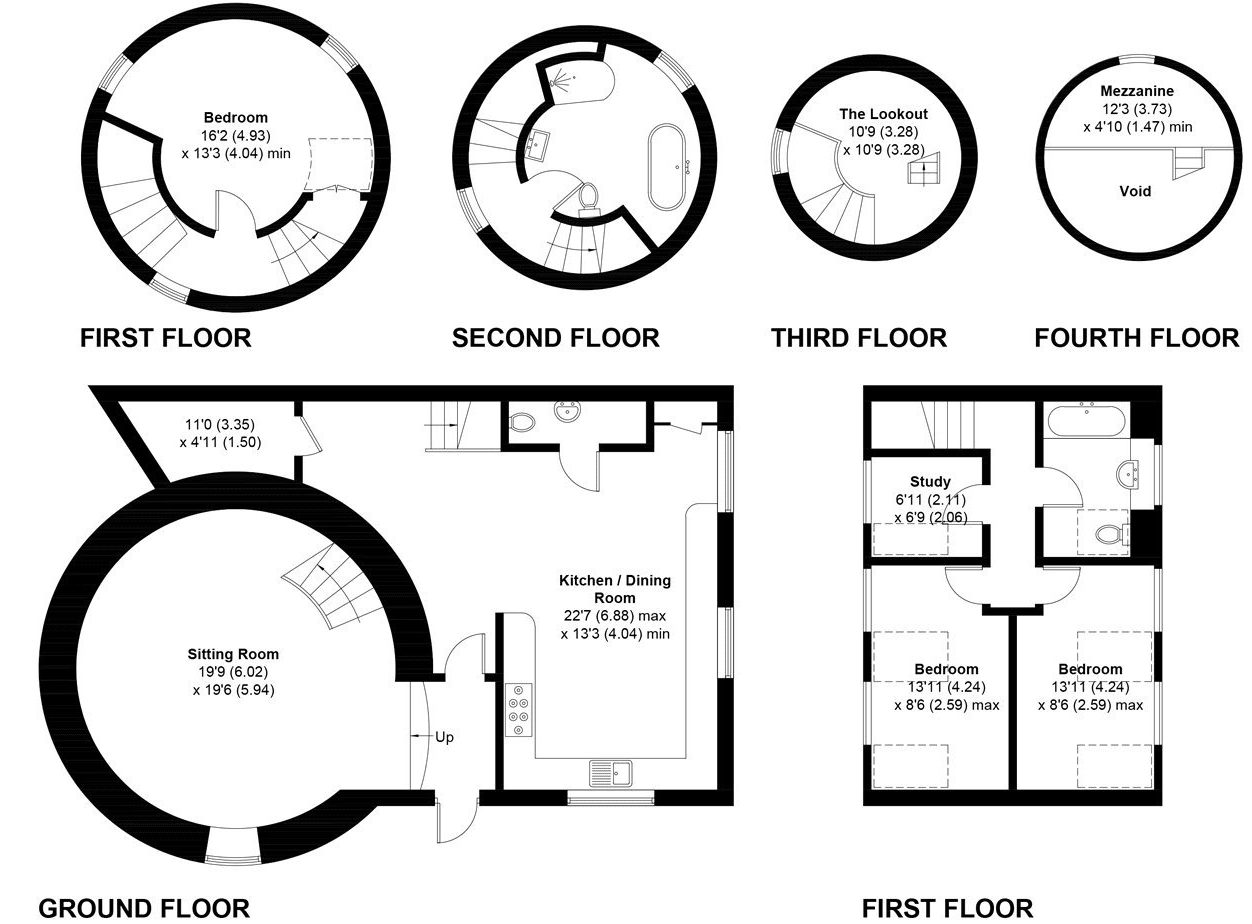

Credit: John Paul Photography / Courtesy of Clarence House
HRH The Prince of Wales: Why we must save the countryside's soul
In his regular birthday message to the countryside, His Royal Highness The Prince of Wales stresses the need for balance
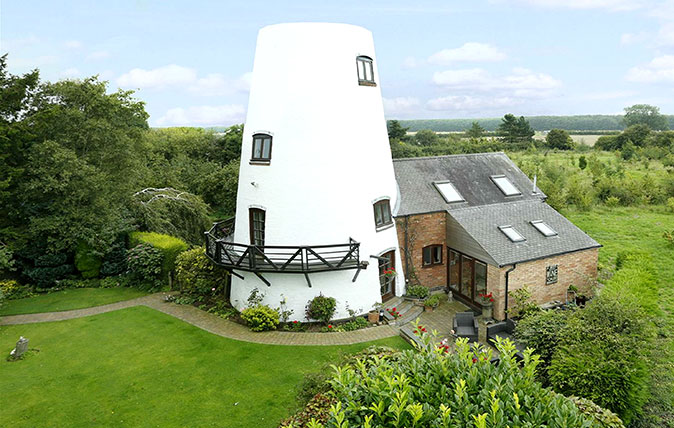
30 magnificent properties, from picture-perfect cottages to converted windmills
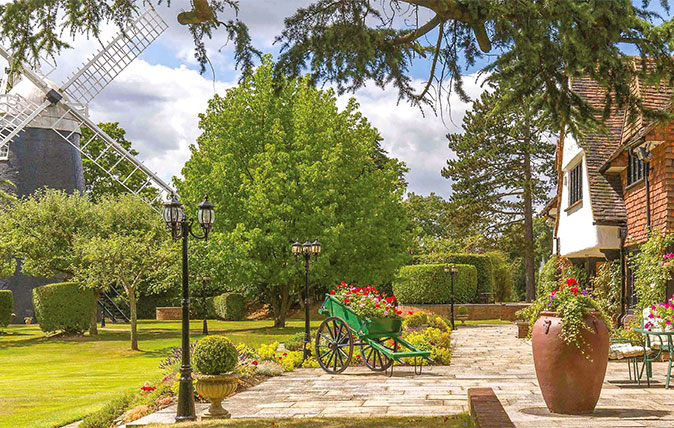
Five utterly charming properties which will make you want to live in an Arts-and-Crafts era house
Five utterly charming properties which will make you want to live in an Arts-and-Crafts era house
Country Life is unlike any other magazine: the only glossy weekly on the newsstand and the only magazine that has been guest-edited by HRH The King not once, but twice. It is a celebration of modern rural life and all its diverse joys and pleasures — that was first published in Queen Victoria's Diamond Jubilee year. Our eclectic mixture of witty and informative content — from the most up-to-date property news and commentary and a coveted glimpse inside some of the UK's best houses and gardens, to gardening, the arts and interior design, written by experts in their field — still cannot be found in print or online, anywhere else.
-
 Five beautiful homes, from a barn conversion to an island treasure, as seen in Country Life
Five beautiful homes, from a barn conversion to an island treasure, as seen in Country LifeOur pick of the best homes to come to the market via Country Life in recent days include a wonderful thatched home in Devon and a charming red-brick house with gardens that run down to the water's edge.
By Toby Keel Published
-
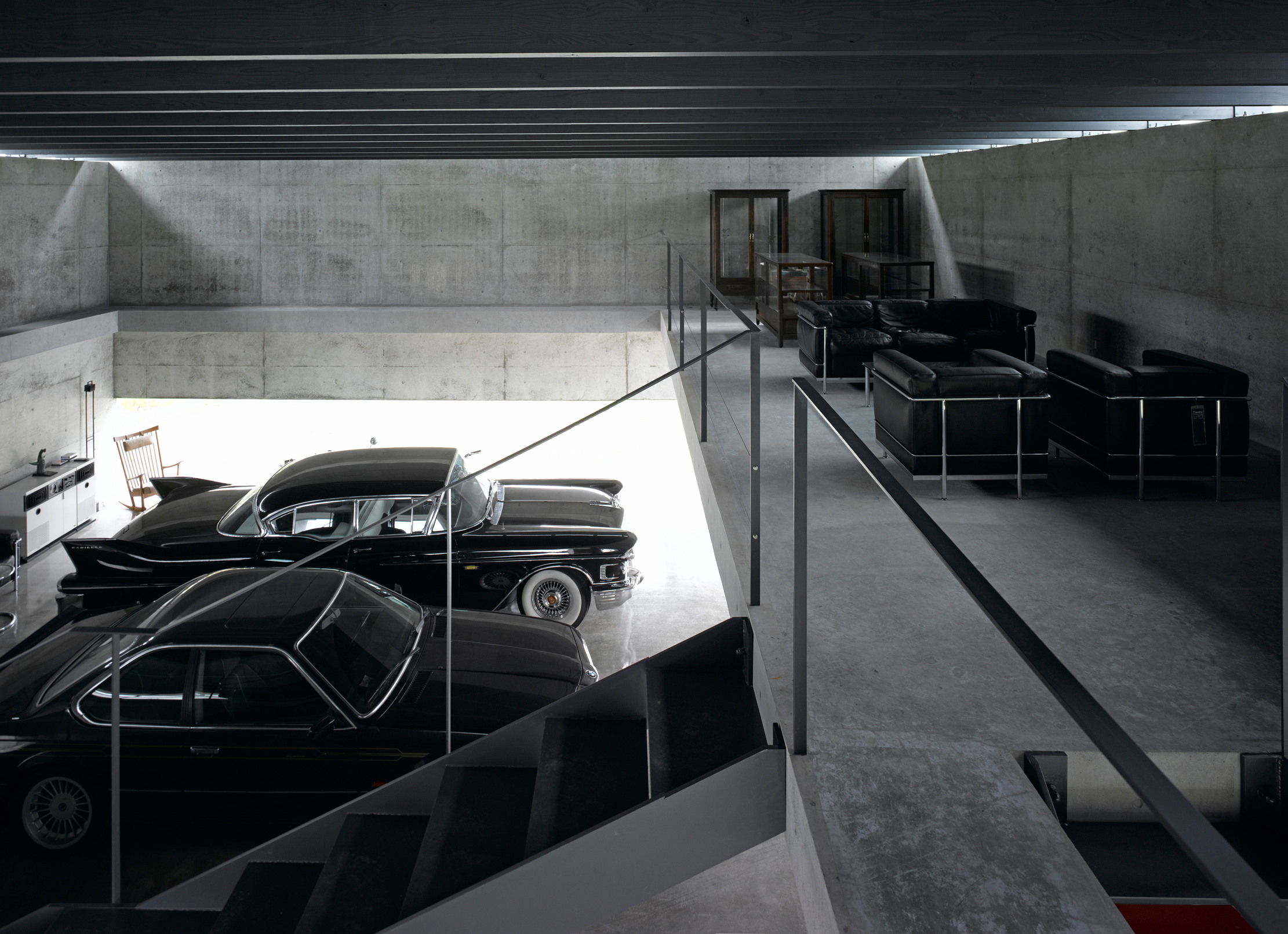 Shark tanks, crocodile lagoons, laser defences, and a subterranean shooting gallery — nothing is impossible when making the ultimate garage
Shark tanks, crocodile lagoons, laser defences, and a subterranean shooting gallery — nothing is impossible when making the ultimate garageTo collectors, cars are more than just transport — they are works of art. And the buildings used to store them are starting to resemble galleries.
By Adam Hay-Nicholls Published
-
 Five beautiful homes, from a barn conversion to an island treasure, as seen in Country Life
Five beautiful homes, from a barn conversion to an island treasure, as seen in Country LifeOur pick of the best homes to come to the market via Country Life in recent days include a wonderful thatched home in Devon and a charming red-brick house with gardens that run down to the water's edge.
By Toby Keel Published
-
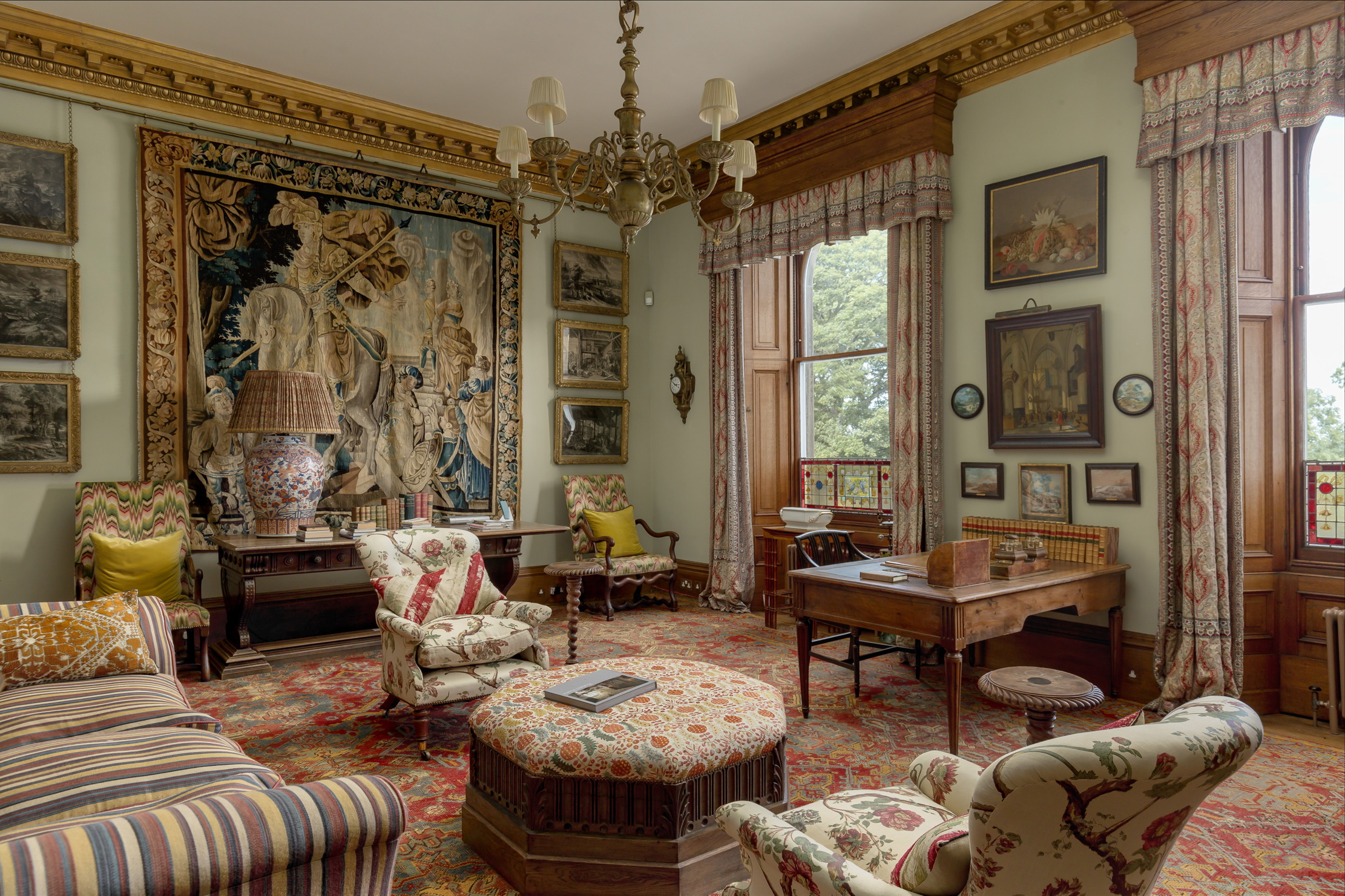 The finest interiors in Edinburgh? A seven-bedroom townhouse furnished by Robert Kime comes to market
The finest interiors in Edinburgh? A seven-bedroom townhouse furnished by Robert Kime comes to marketSituated on one of the New Town's grandest terraces, this four-storey property is a collector's dream.
By James Fisher Published
-
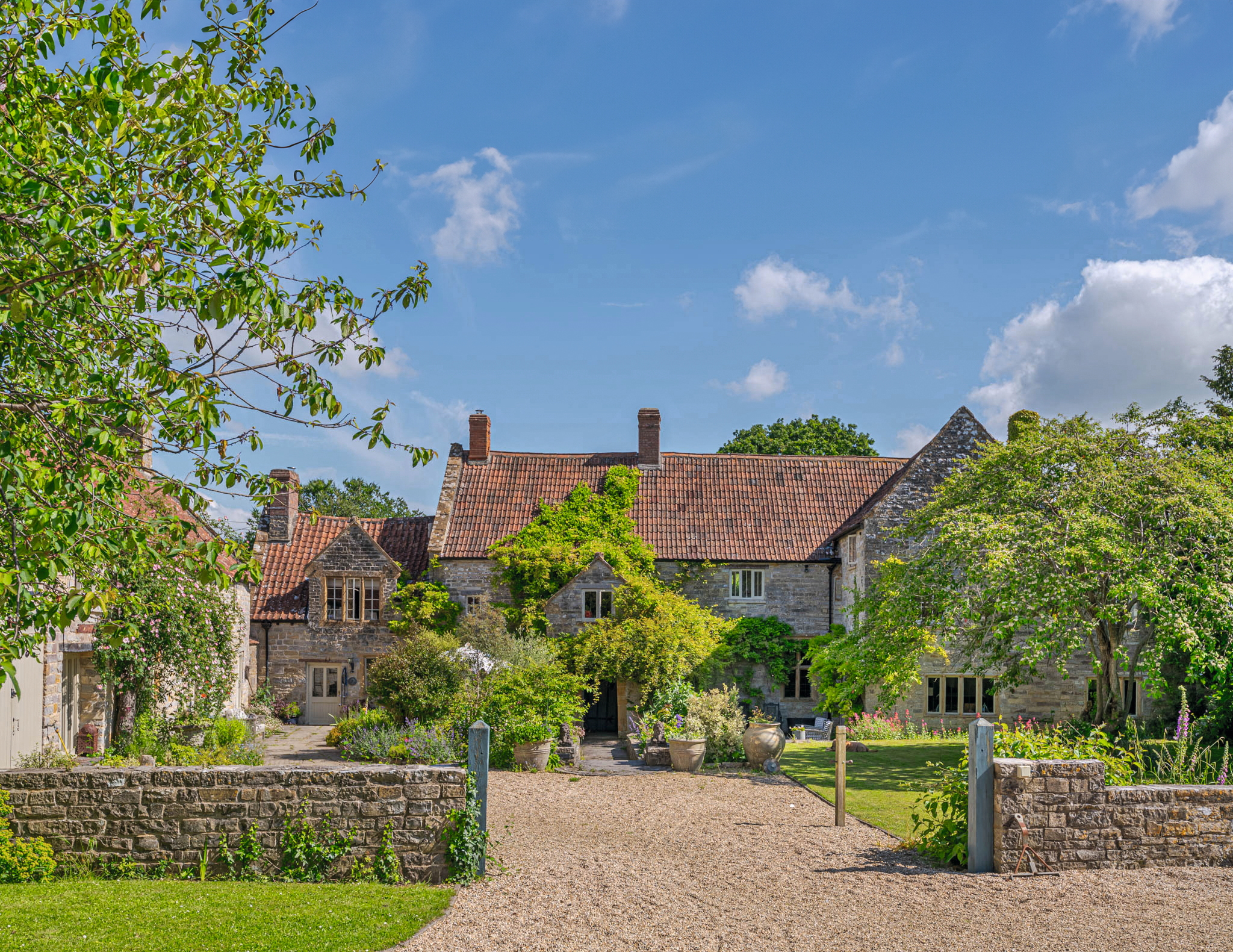 A Grade II*-listed country manor with one of the most beautiful drawing rooms in England
A Grade II*-listed country manor with one of the most beautiful drawing rooms in EnglandIf Old Manor Farm in Somerset is good enough for Pevsner, it's good enough for you.
By Penny Churchill Published
-
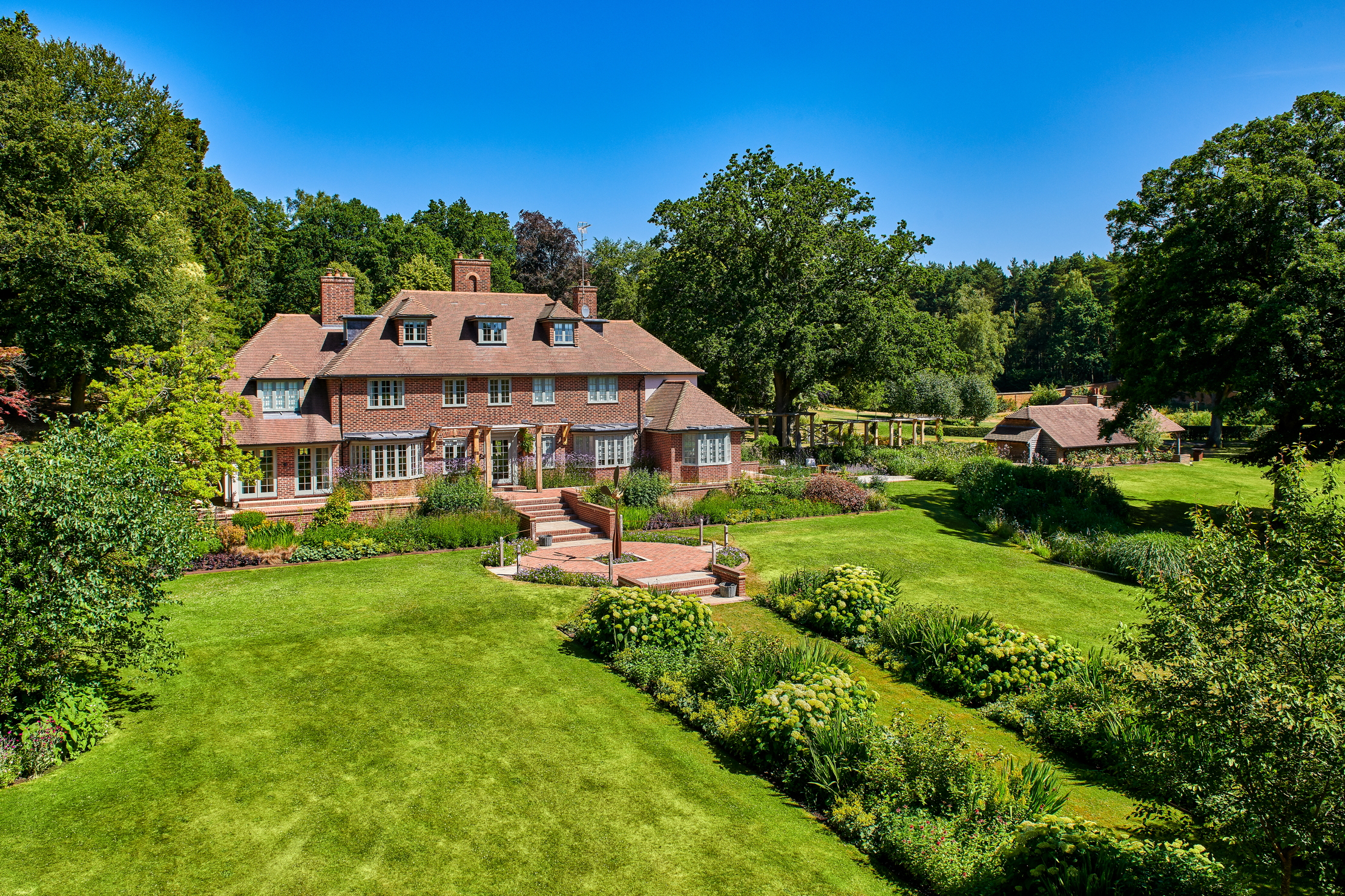 An eight-bedroom home in Surrey where an army of robots will look after your lawns
An eight-bedroom home in Surrey where an army of robots will look after your lawnsDo not fear the bladed guardians of Monksfield House. They are here to help.
By James Fisher Published
-
 A French castle for sale on the banks of the Dordogne? With a swimming pool? Where do we sign?
A French castle for sale on the banks of the Dordogne? With a swimming pool? Where do we sign?This chateau in Lalinde is nothing short of a historical delight in the south of France. And it comes fully furnished.
By James Fisher Last updated
-
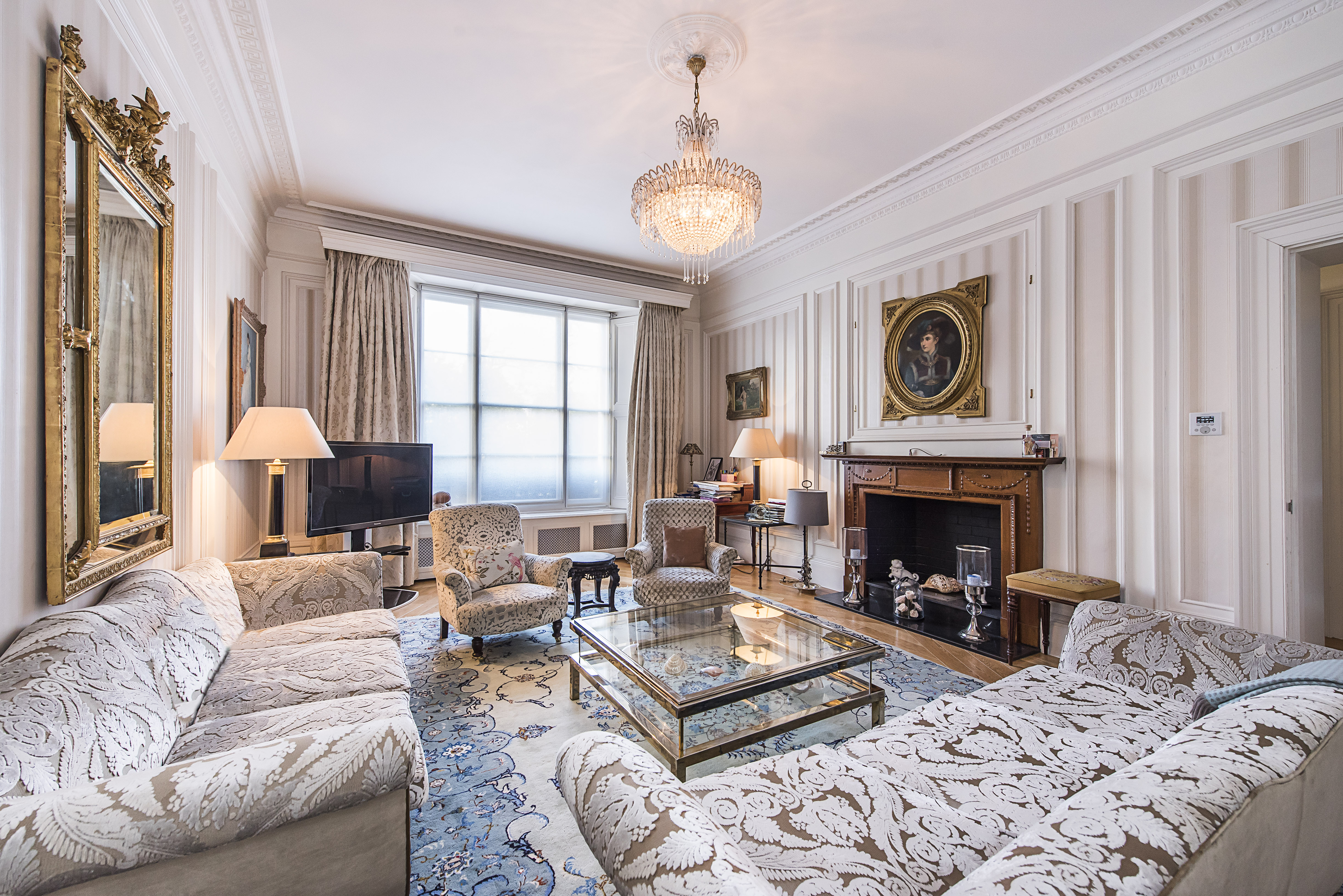 Sip your morning tea where Churchill once paced, as his former Pimlico home comes up for sale
Sip your morning tea where Churchill once paced, as his former Pimlico home comes up for saleThe five-bedroom flat in Eccleston Square offers ‘historical gravitas and modern comfort’ in a leafy pocket of London.
By Annabel Dixon Published
-
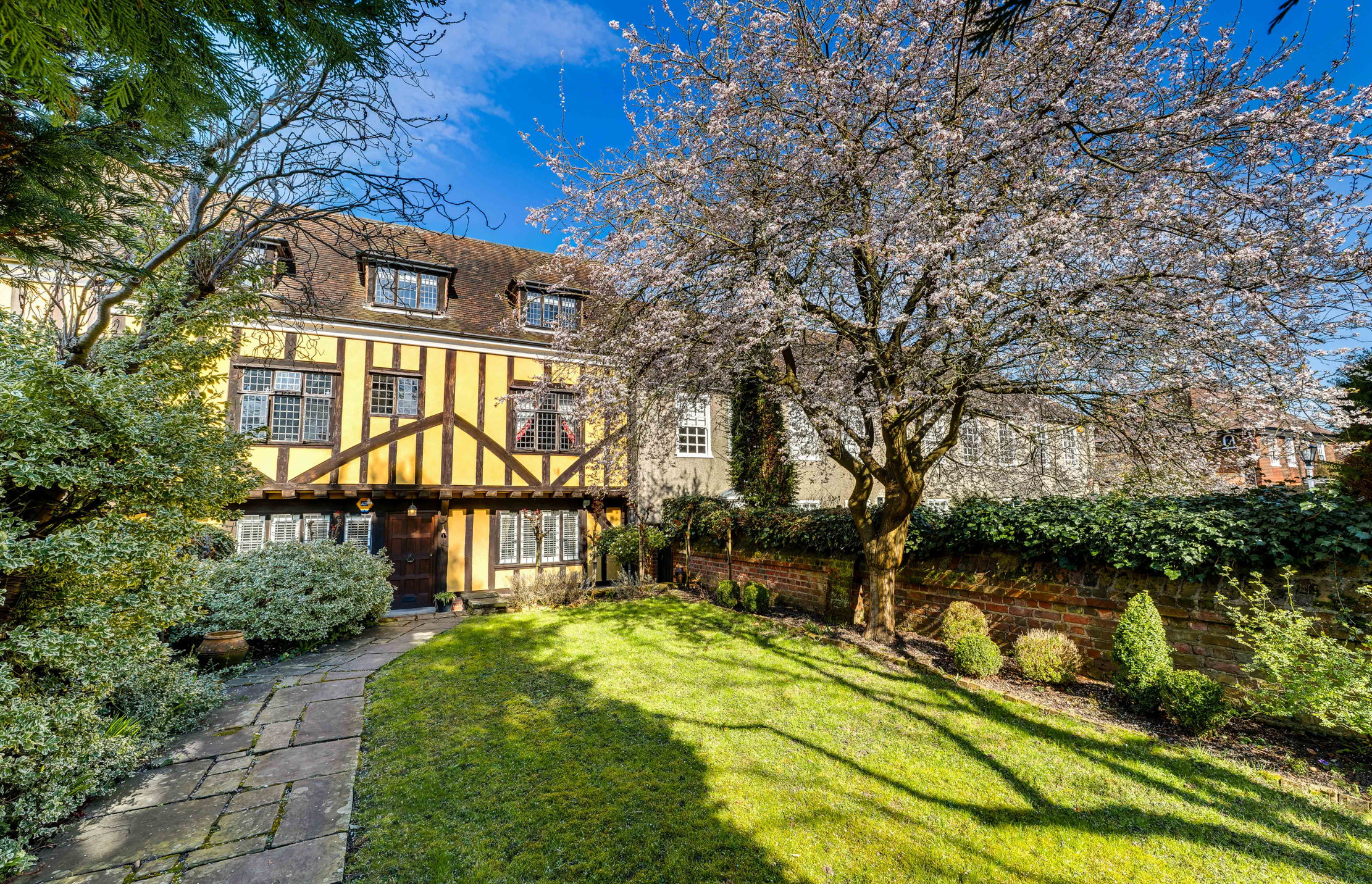 Live a life of Tudor fancy in this five-bedroom London home with links to Cardinal Wolsey and Henry VIII
Live a life of Tudor fancy in this five-bedroom London home with links to Cardinal Wolsey and Henry VIIIFans of Wolf Hall rejoice, as a rare chance to own a Tudor home inside the M25 comes to market.
By James Fisher Published
-
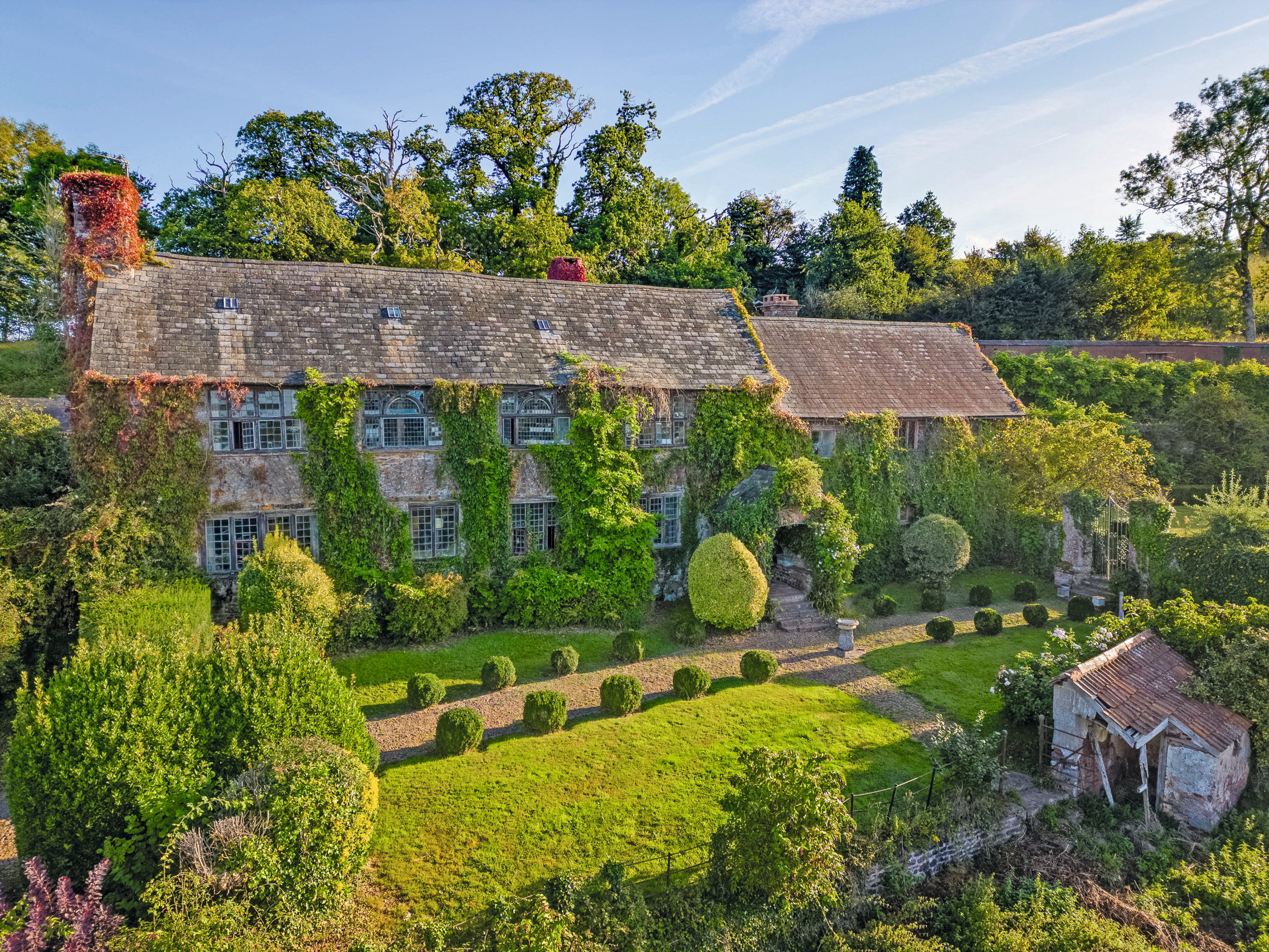 Murder, intrigue and 'the magic of a bygone era' at this eight-bedroom home set in 25 acres of Devon countryside
Murder, intrigue and 'the magic of a bygone era' at this eight-bedroom home set in 25 acres of Devon countrysideUpcott Barton is a family home steeped in history and comes with more than 5,000sq ft of living space.
By Penny Churchill Published
